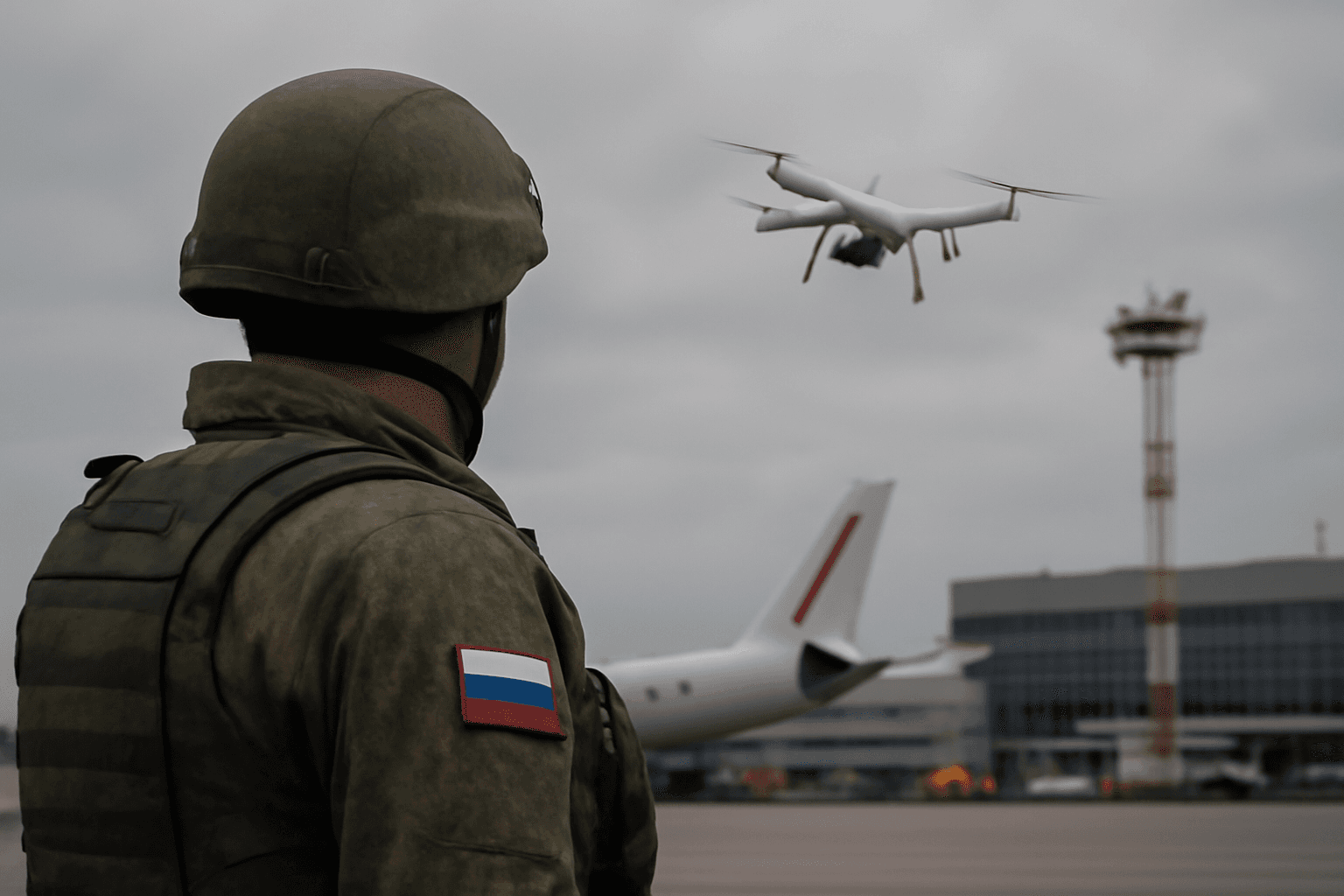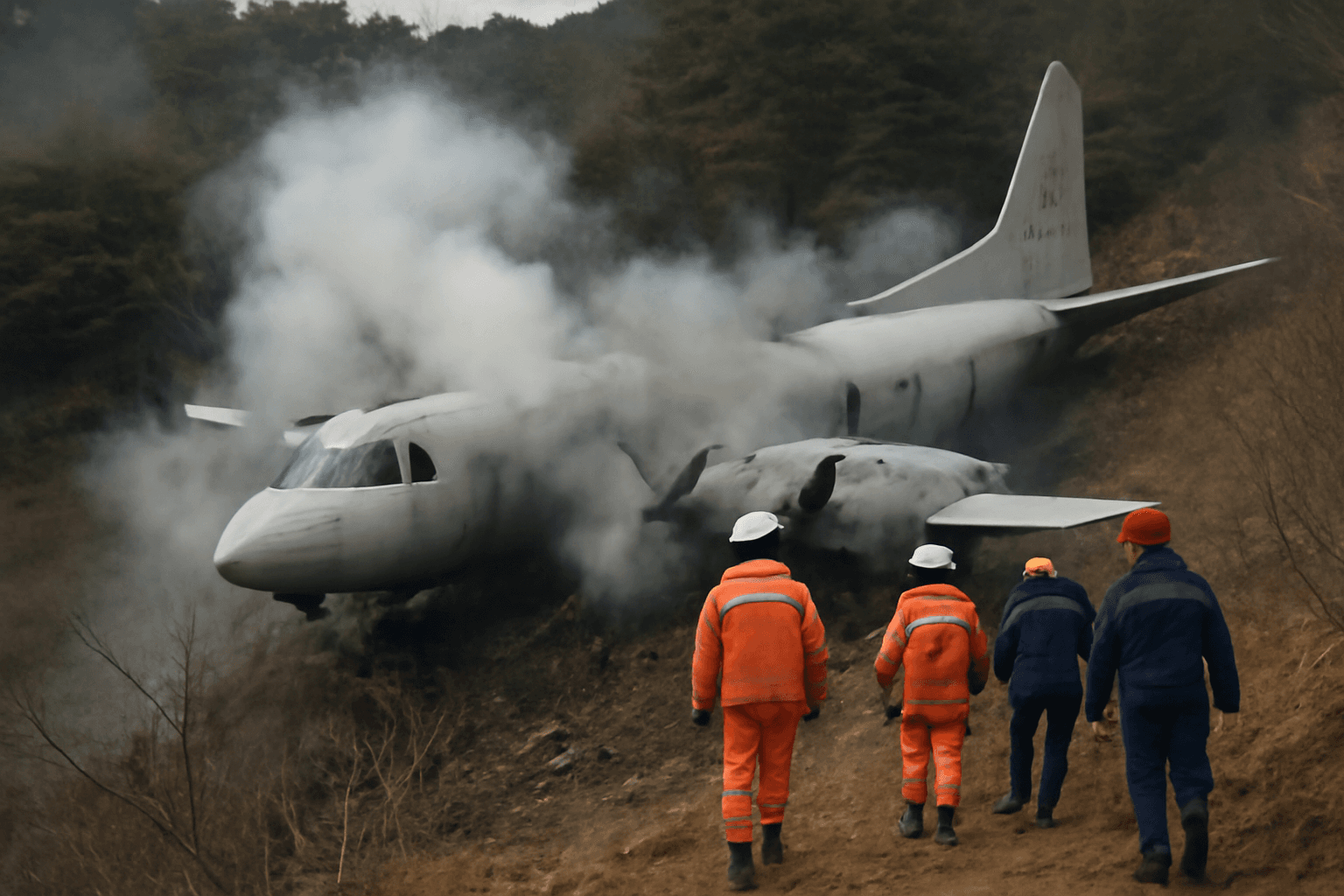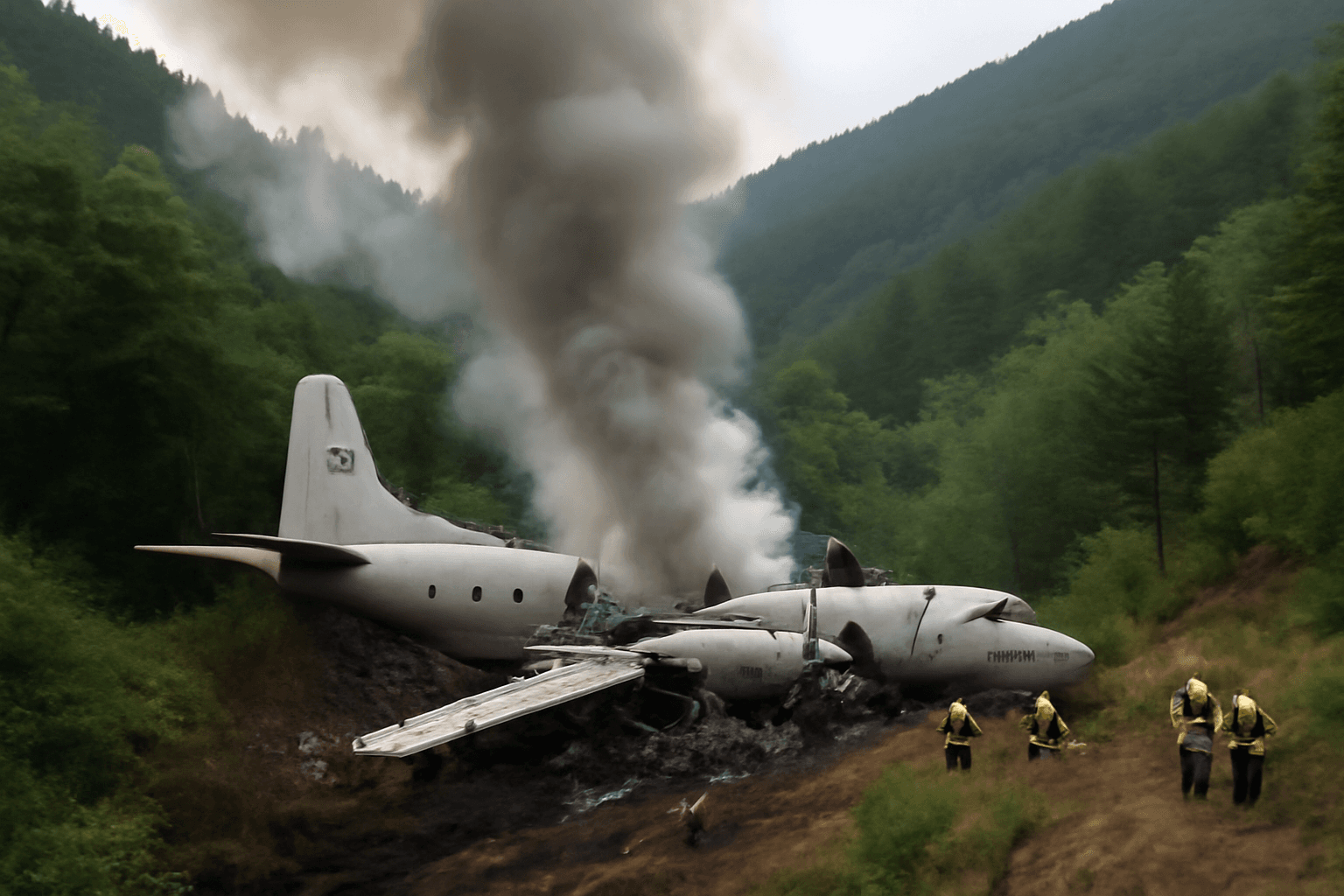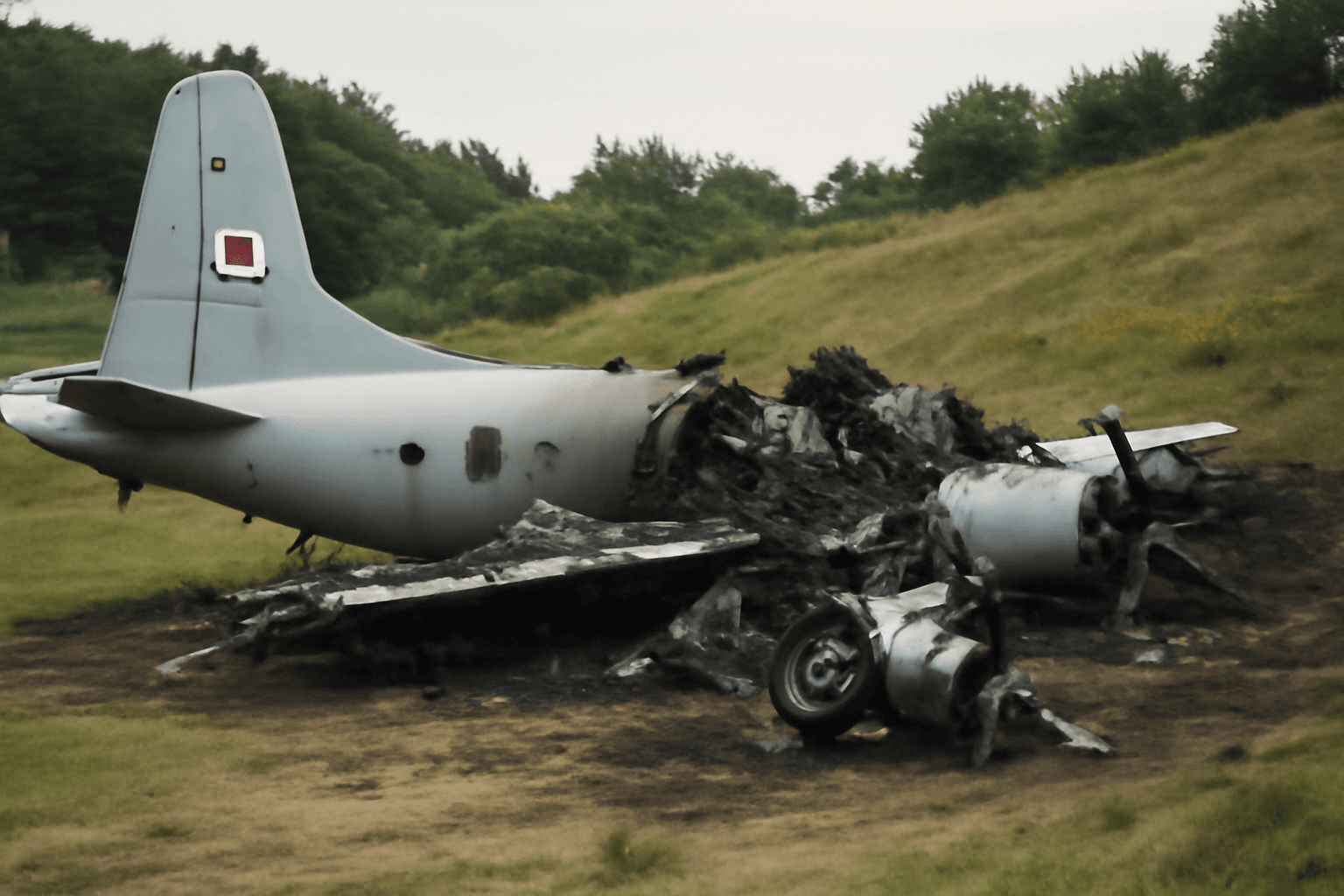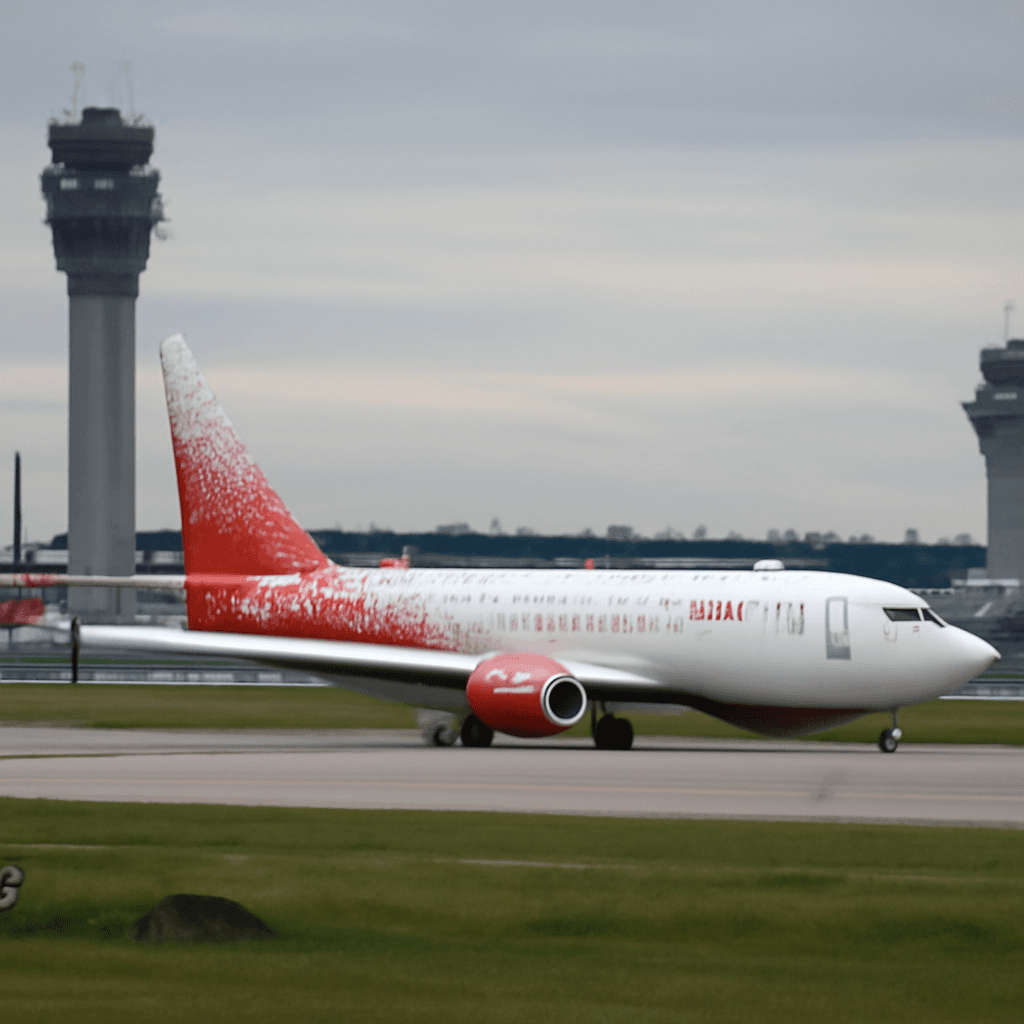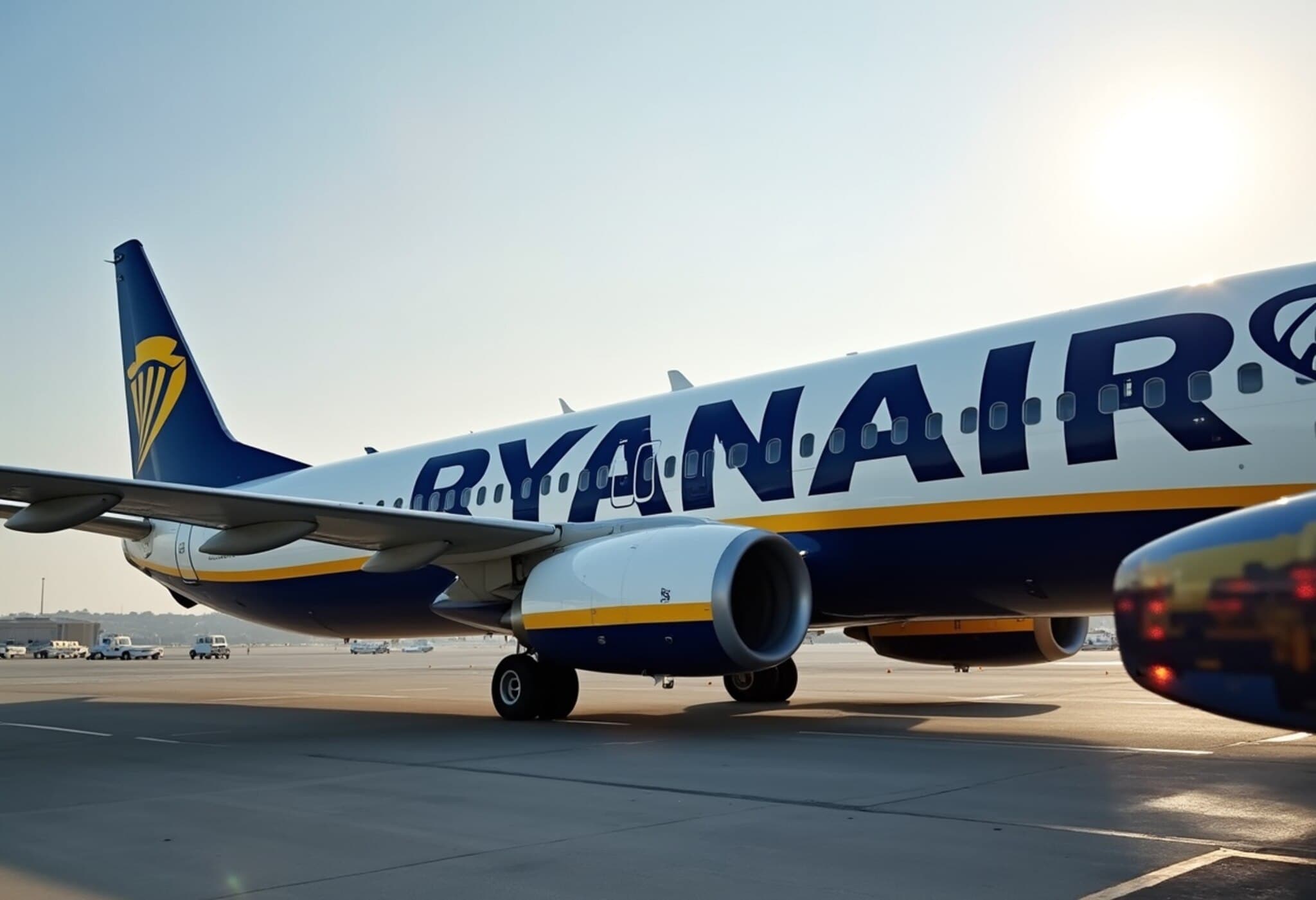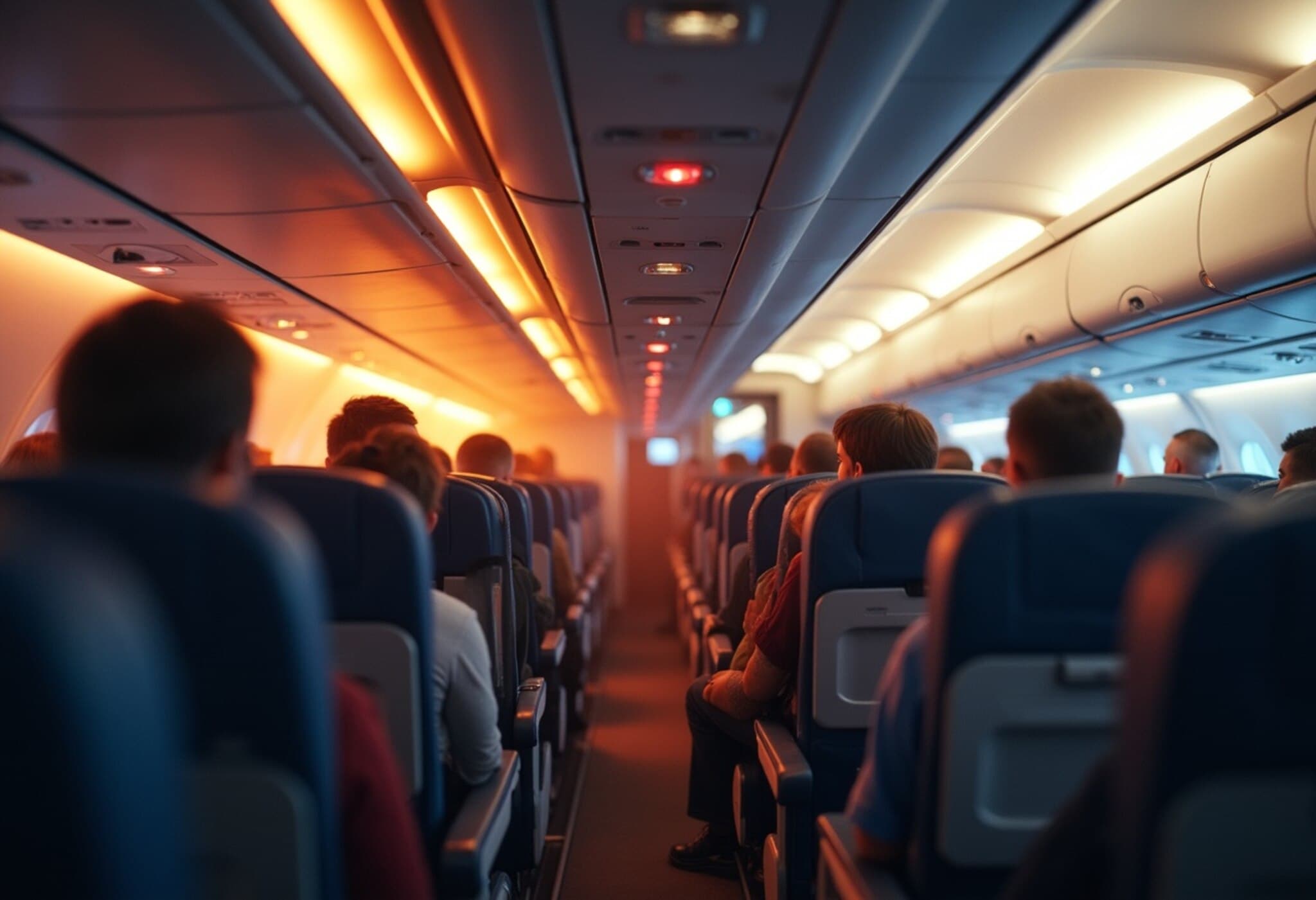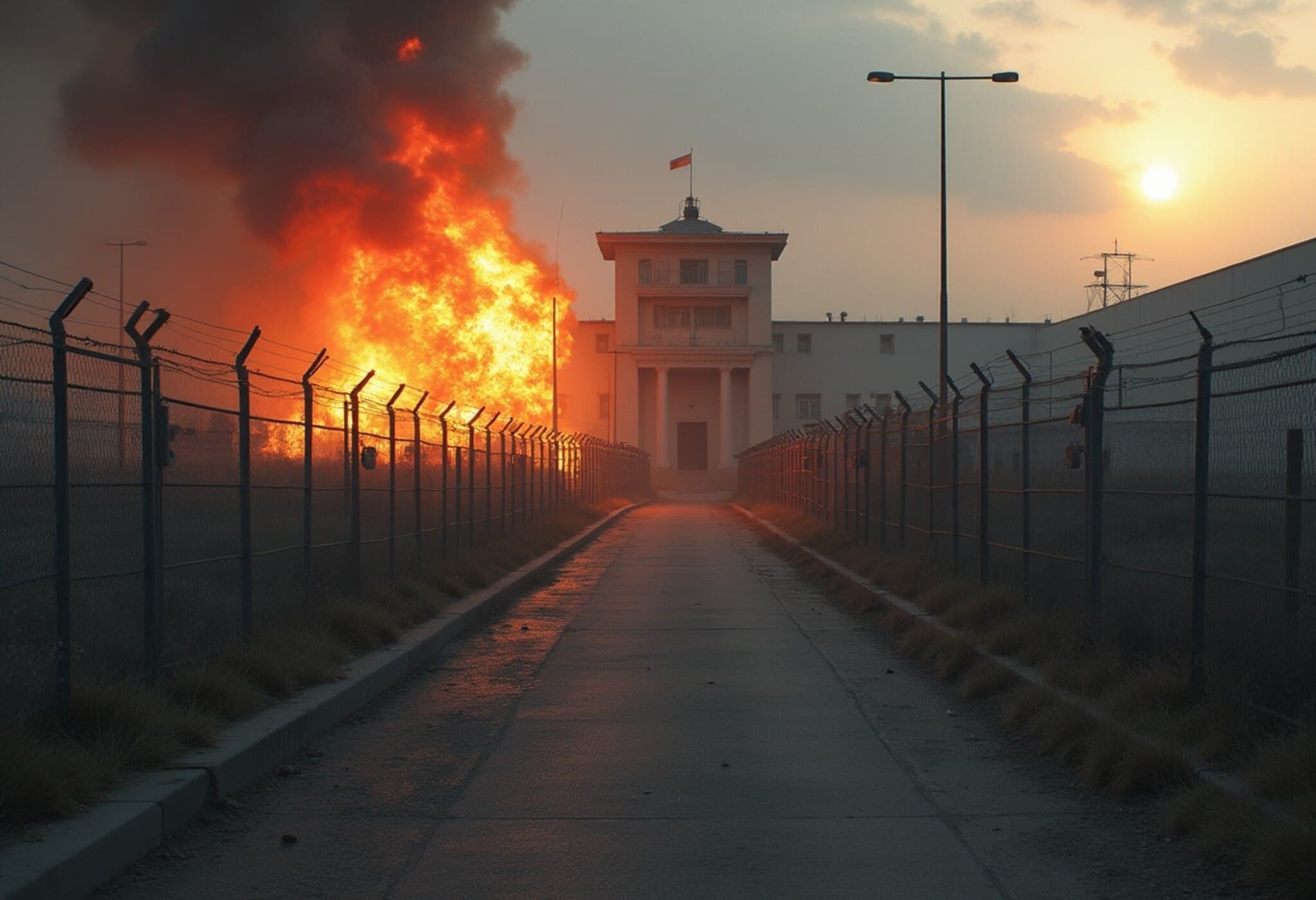Passengers Evacuate Using Emergency Slide After Landing Gear Malfunction at Denver Airport
On Sunday, July 27, 2025, American Airlines Flight 3023 experienced a sudden and alarming emergency at Denver International Airport that forced its 173 passengers and 6 crew members to evacuate swiftly down inflatable emergency slides. The incident, linked to a possible landing gear malfunction involving an aircraft tire, underscores the importance of quick response and safety protocols amid unexpected in-flight crises.
Sequence of Events on Flight 3023
The Boeing 737 MAX-8 was preparing for departure from Denver en route to Miami International Airport when the crew reported a "possible landing gear incident" to the Federal Aviation Administration (FAA). Witnesses and passengers described a loud bang followed by severe shaking of the plane as it taxied.
Seventeen-year-old Shay Armistead, a passenger from Minturn, Colorado, recounted the harrowing moments: "After hearing a loud boom the plane started to violently shake, and we were drifting to the left side of the runway. Then suddenly, they slammed on the brakes, and everyone was thrown forward. It was terrifying." Armistead and her teammates were en route to Chile for a ski racing competition when the incident occurred.
Evacuation Details and Passenger Experience
Following the aborted takeoff, the crew initiated an emergency evacuation. Passengers hurriedly descended the inflated escape slides, some clutching personal belongings or helping young children. Media footage captured moments of panic mixed with relief as several passengers stumbled on the concrete runway after sliding down.
- One passenger suffered a minor injury and was transported to a local hospital.
- Five others were assessed on-site but did not require hospitalization.
- Emergency firefighters quickly extinguished a small fire on the aircraft, preventing further damage.
Following the evacuation, passengers were safely shuttled back to the terminal by bus.
Official Responses and Safety Protocols
American Airlines confirmed that all passengers and crew disembarked safely. The airline has grounded the aircraft for a comprehensive maintenance inspection.
The FAA has launched a formal investigation into the root cause of the landing gear issue. The Denver Fire Department provided prompt emergency response, successfully containing the incident without escalation.
Expert Insight: Aviation Safety and Crisis Management
This incident highlights the critical role of training and preparedness in aviation safety. Emergency evacuations, while rare, are high-stakes events requiring calm coordination between crew and passengers. The rapid activation of evacuation slides and firefighter intervention likely prevented a more serious outcome.
Aviation experts note that tire or landing gear malfunctions during taxi or takeoff, though uncommon, are not unprecedented. Modern aircraft systems are designed with multiple redundancies to detect such failures early, but rapid communication and decisive action remain essential in mitigating risks.
Humanizing the Event: Voices from the Flight
Passenger Shaun Williams described the situation to local news: "About halfway to takeoff speed, we heard a loud bang and pop. The pilot instantly aborted the takeoff and applied the brakes. Everyone could feel the urgency. The crew stayed calm, and that really helped." Such testimonies underscore the importance of crew professionalism and passenger composure in emergencies.
Teenager Shay Armistead expressed gratitude amidst the chaos: "You have to appreciate what you're given. I'm so thankful it wasn't worse and that everyone around me helped out." These words remind us of the resilience and community spirit that emerge even in moments of crisis.
Looking Ahead: Lessons and Reflections
As aviation authorities investigate, this incident serves as a stark reminder of the unpredictability in air travel. It also reinforces the fact that robust emergency protocols and passenger awareness can save lives. Airlines and regulators will likely examine maintenance practices and emergency procedures to further enhance safety measures.
Key Takeaways:
- Prompt evacuation and emergency response prevent escalation of onboard incidents.
- Passenger preparedness and listening to crew instructions are vital during crises.
- Modern aircraft safety systems successfully mitigate but do not eliminate risks.
- Ongoing investigations will inform future safety improvements across the industry.
Editor's Note
The Denver evacuation scenario brings to light important questions about aviation safety in an era of increasing air traffic and evolving aircraft technology. How do airlines balance operational efficiency with the uncompromising need for safety inspections? What support systems exist to help passengers process the trauma of sudden emergencies?
As investigations continue, readers and travelers alike should reflect on the vital role of preparedness and trust in safety procedures. This incident also offers a human story of courage and the collective effort required to navigate unforeseen challenges at 30,000 feet.


